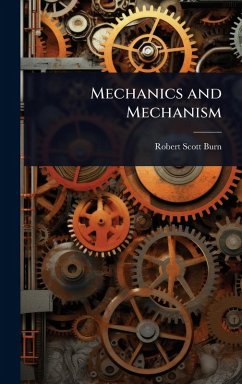
Tables Of Moments Of Inertia And Squares Of Radii Of Gyration
Versandkostenfrei!
Versandfertig in über 4 Wochen
29,99 €
inkl. MwSt.
Weitere Ausgaben:

PAYBACK Punkte
15 °P sammeln!
"Tables Of Moments Of Inertia And Squares Of Radii Of Gyration" by Frank Chittenden Osborn is a comprehensive reference work for engineers and students. This volume provides detailed tables of moments of inertia and squares of radii of gyration, essential for structural and mechanical calculations. Supplemented by additional data on the ultimate and safe strength of wrought iron columns, this book serves as a valuable resource for those working with structural design and material properties. Originally published in the late 19th century, this work remains relevant for its meticulous compilatio...
"Tables Of Moments Of Inertia And Squares Of Radii Of Gyration" by Frank Chittenden Osborn is a comprehensive reference work for engineers and students. This volume provides detailed tables of moments of inertia and squares of radii of gyration, essential for structural and mechanical calculations. Supplemented by additional data on the ultimate and safe strength of wrought iron columns, this book serves as a valuable resource for those working with structural design and material properties. Originally published in the late 19th century, this work remains relevant for its meticulous compilation of data and its application to historical engineering practices. It is an indispensable tool for understanding the principles behind structural mechanics and the properties of materials commonly used in construction and engineering during that era. This work has been selected by scholars as being culturally important, and is part of the knowledge base of civilization as we know it. This work was reproduced from the original artifact, and remains as true to the original work as possible. Therefore, you will see the original copyright references, library stamps (as most of these works have been housed in our most important libraries around the world), and other notations in the work. This work is in the public domain in the United States of America, and possibly other nations. Within the United States, you may freely copy and distribute this work, as no entity (individual or corporate) has a copyright on the body of the work. As a reproduction of a historical artifact, this work may contain missing or blurred pages, poor pictures, errant marks, etc. Scholars believe, and we concur, that this work is important enough to be preserved, reproduced, and made generally available to the public. We appreciate your support of the preservation process, and thank you for being an important part of keeping this knowledge alive and relevant.












